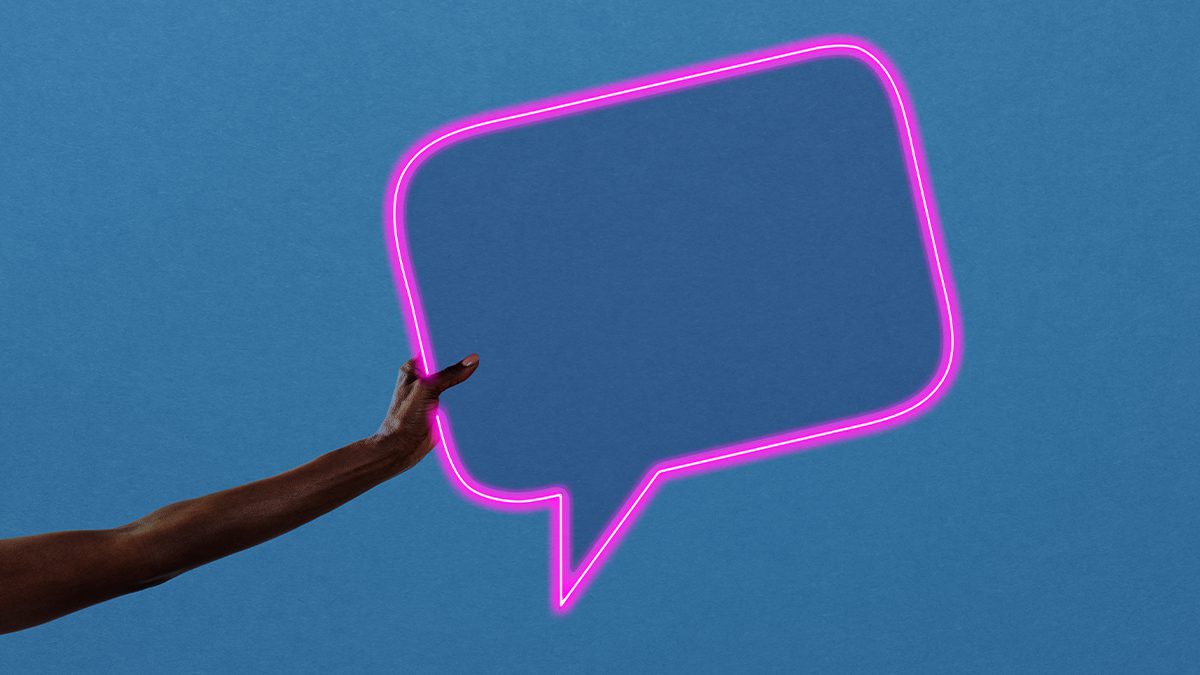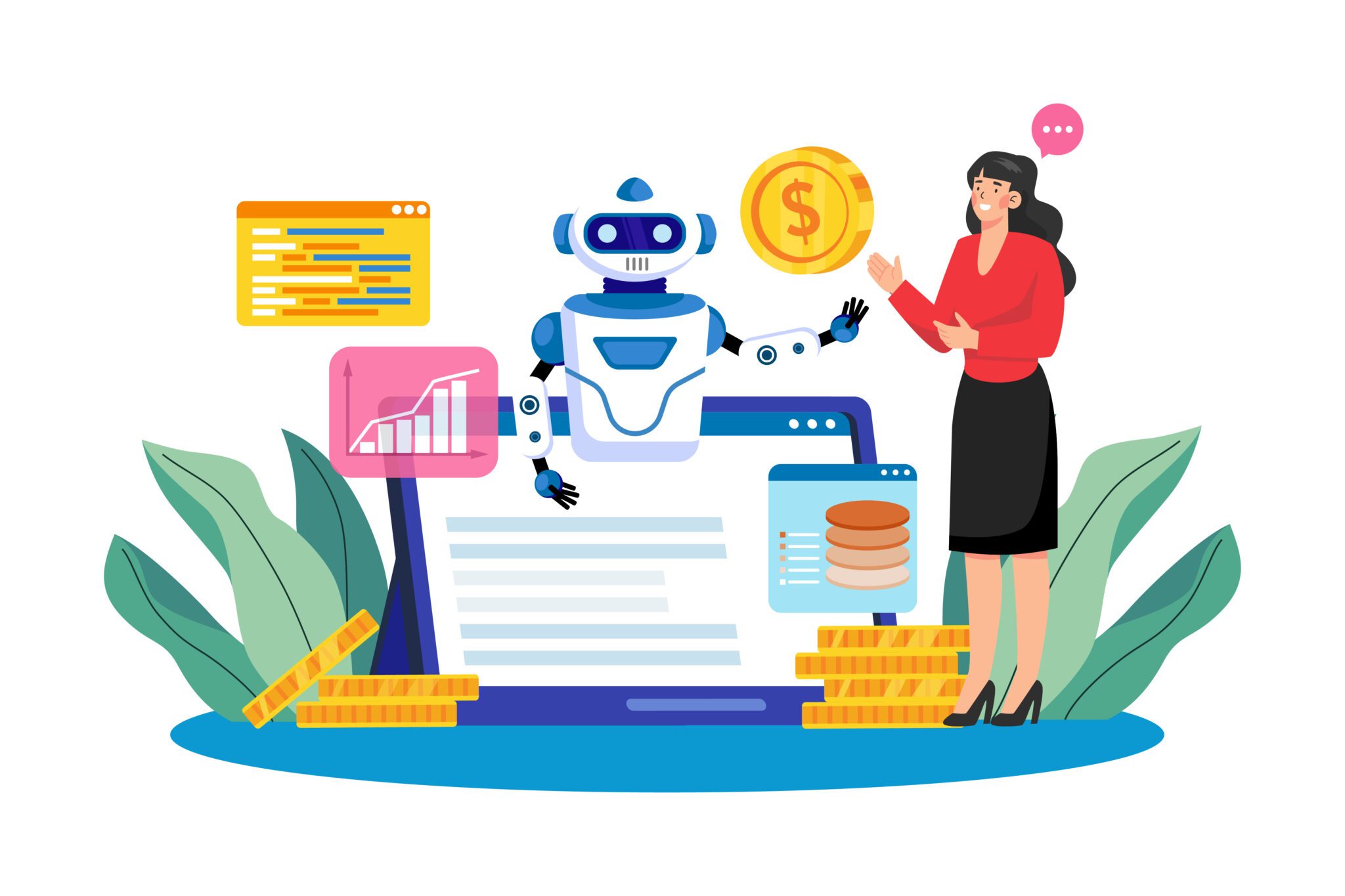Seventy-nine percent of Americans are troubled by companies’ usage of their personal data. In fact, 62% of Americans are so cynical about the state of data privacy in this country that they consider it impossible to move through everyday life without having their data collected and used.
To be sure, their anxiety is not unfounded. Last year alone, 4,145 publicly disclosed privacy breaches compromised more than 22 billion records. And increasingly, company leaders are being held to account for breaches: Under the GDPR, the EU’s data protection regulation, authorities can impose fines of up to €20 million (roughly $20,372,000), or 4% of worldwide turnover for the preceding financial year — whichever is higher. In October, a UK construction company received a €4.4 million fine following a 2020 phishing attack that compromised the personal data of up to 113,000 people.
One might think that stories such as these would deter consumers from sharing personal information with brands. Yet in a paradoxical turn of events, consumers also demand highly personalized marketing messages — and above all else, personalization requires data.
Take email marketing, for instance. In 2020, there were 4 billion email users globally, and 59% of consumers said marketing emails influenced their purchase decisions. However, for email marketing to be effective, it must be individualized. Consumers are so adamant about this fact that 72% will engage only with brand messaging that is tailored to them. The question, then, is how can you craft personalized campaigns that avoid spooking audiences and destroying brand-consumer trust? Here are three tips.
1. Make your privacy and opt-in policies clear.
Some 59% of Americans say they do not know what companies use their personal data for, yet they are concerned enough to delete cookies on a regular basis (41%) and install ad blockers on their devices (30%). Help plug those gaps in understanding by outlining precisely what consumers agree to when they opt into your email list and how their personal information will (and will not) be used.
Having a privacy policy on your opt-in form can make a massive difference in sign-up rates, but make sure it provides concrete information. One marketer found that she garnered 19% fewer sign-ups when her privacy policy was vague. In contrast, her sign-up rate skyrocketed when she added more specific language to the policy. Something as simple as switching “100% privacy — we will never spam you!” to “We guarantee 100% privacy. Your information will not be shared” increased performance by 19.4%.
Additionally, consider setting up double opt-in on your email list. Under double opt-in, once consumers fill out your on-site opt-in form, they must verify their email address via a confirmation email to complete the registration process. This additional step helps reduce the number of spam accounts on your email list and allows you to segment your audience by interest level.
How many users, for example, abandoned the registration process after step one? Funnel that segment into a series of emails meant to nudge them forward in the registration process. Those who completed the registration with no delays can begin receiving targeted, personalized emails.
2. Optimize for humans.
I have found that the best way to cultivate trust in your email marketing is to optimize emails for humans first — not robots. Start with language, as you need to focus on the human who will be reading it instead of the robots that will be scanning it. This is why it’s important to read the emails out loud to make sure that they sound conversational.
Ultimately, email is a private forum, so you can usually get away with more personal messages than social media. However, if the tone feels “off,” then your personalization efforts might come across as contrived or even creepy. The goal is to use language to create an emotional response — beginning with personalized subject lines, which boast higher open rates. Including someone’s first name is always a good start. If you have access to the data, you can also use recent purchases or birthdays.
Next, play around with the design. The psychology of color is well researched, and the findings are highly relevant to email marketing. According to Kissmetrics, 85% of consumers identify color as a primary reason to buy a product, and different colors can have different effects. Blue is usually considered a trustworthy and professional color, while red often indicates danger or security.
Finally, design your emails using the principles of universal design, which will ensure the emails are accessible to people with diverse preferences and abilities. Relevant, striking images can encourage recipients to digest the content of your email, but any time you use an image, you need to add alt text. This way, those with visual impairments can still gain any important context the image provides. Plus, among young consumers, inclusion is one of the best ways to build trust — not to mention, it’s the right thing to do.
3. Create, test, learn, repeat.
Create automated email workflows to help your team build customized campaigns at scale. Welcome emails are among the most opened — with an over 50% open rate — so start there. Birthday emails are an easy next step, then cart abandonment and website bounces, and so forth. Optimizing these categories first helps you gain the skills and reporting required to understand and learn from your target audience.
Like any marketing initiative, the best email campaigns are not the product of gut feelings. Rather, effective email marketing is achieved through systematic testing, measuring, learning, and adjusting. At this point, A/B testing your subject lines should be table stakes, but why stop there? Start A/B testing your emails’ pre-header text, calls to action, designs, layouts — everything — to see what resonates and what doesn’t.
Finally, don’t be afraid to gather direct feedback from your target audience. Collect opinions by setting up preference centers and encouraging subscribers to use them. Do they prefer to receive and read emails at certain times? Are your emails too long for their liking? Too short, even? How many times a week? This tactic helps dissuade people from unsubscribing and can even improve open rates when used judiciously. Use the feedback you get to build out those centers and empower subscribers to mold their email experience.
It makes sense that marketers lean on personalized email marketing: Email is consumers’ preferred way to receive brand communications (and it does not hurt that email boasts an impressive $42-to-$1 return on investment). But with privacy concerns percolating, you need to reassure consumers that they can trust you with their credentials. Incorporate these three strategies in your email marketing initiatives and watch as even the biggest skeptics begin to engage with your brand messaging.


 News4 days ago
News4 days ago
 News6 days ago
News6 days ago
 News3 days ago
News3 days ago
 News3 days ago
News3 days ago
 News4 days ago
News4 days ago
 News4 days ago
News4 days ago
 News4 days ago
News4 days ago






